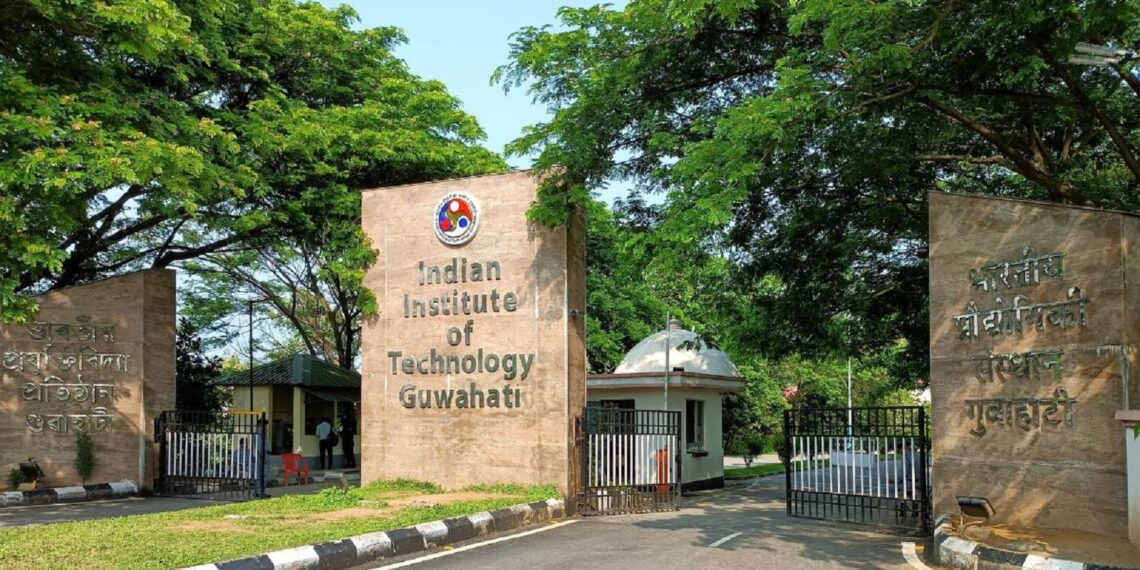GUWAHATI: Researchers at the Indian Institute of Technology (IIT) Guwahati have developed significant ways to modify graphene oxide for biomedical applications.
A team led by Rajiv K Kar, assistant professor, at the Jyoti and Bhupat Mehta School of Health Sciences and Technology in IIT-Guwahati, have developed cost-effective experiments for modifying graphene oxide (GO) to be used in semiconductors, nanoelectronics, healthcare and quantum technologies.
GO can be further engineered through defects, doping and functional modifications, which enhance its optical and electrical properties for improved biomedical sensing applications, a statement issued recently, said.
“We studied how amino acid-modified Graphene Oxide behaves in liquid. We found that a particular bond in Cys-GO sheets enhances their stability, reducing random movements. This research has the potential to aid in the development of biomarkers for disease detection,” Kar told a national news agency, speaking of functionalised GO.
These experiments are integrated into a Biomedical Science and Engineering (BMSE) course at the Jyoti and Bhupat Mehta School of Health Sciences and Technology, the release added.
Speaking about the innovative course, Kar said, “These low-cost laboratory experiments are applicable also to chemical, material science, nanotechnology and interdisciplinary courses. We believe these techniques will help in developing hands-on skills and inspire budding researchers and future scientists to find innovative solutions in the field of Biomedical Science and Engineering.”
Graphene is an exceptionally strong material and possesses outstanding electrical and thermal conductivity. Its oxidised form, called Graphene Oxide (GO), offers a large surface area and low cytotoxicity, making it suitable for medical applications.
The research findings have been published in The Journal of Physical Chemistry C and Journal of Chemical Education, in a paper authored by Kar along with his research scholars, Rajan Singh, Shweta Tiwari and Jyotirekha Jena.
The research has been supported by the Indian Council of Medical Research and the Indian Nanoelectronics Users Programme, funded by the Ministry of Electronics and Information Technology (MeitY), Government of India, the release added.















